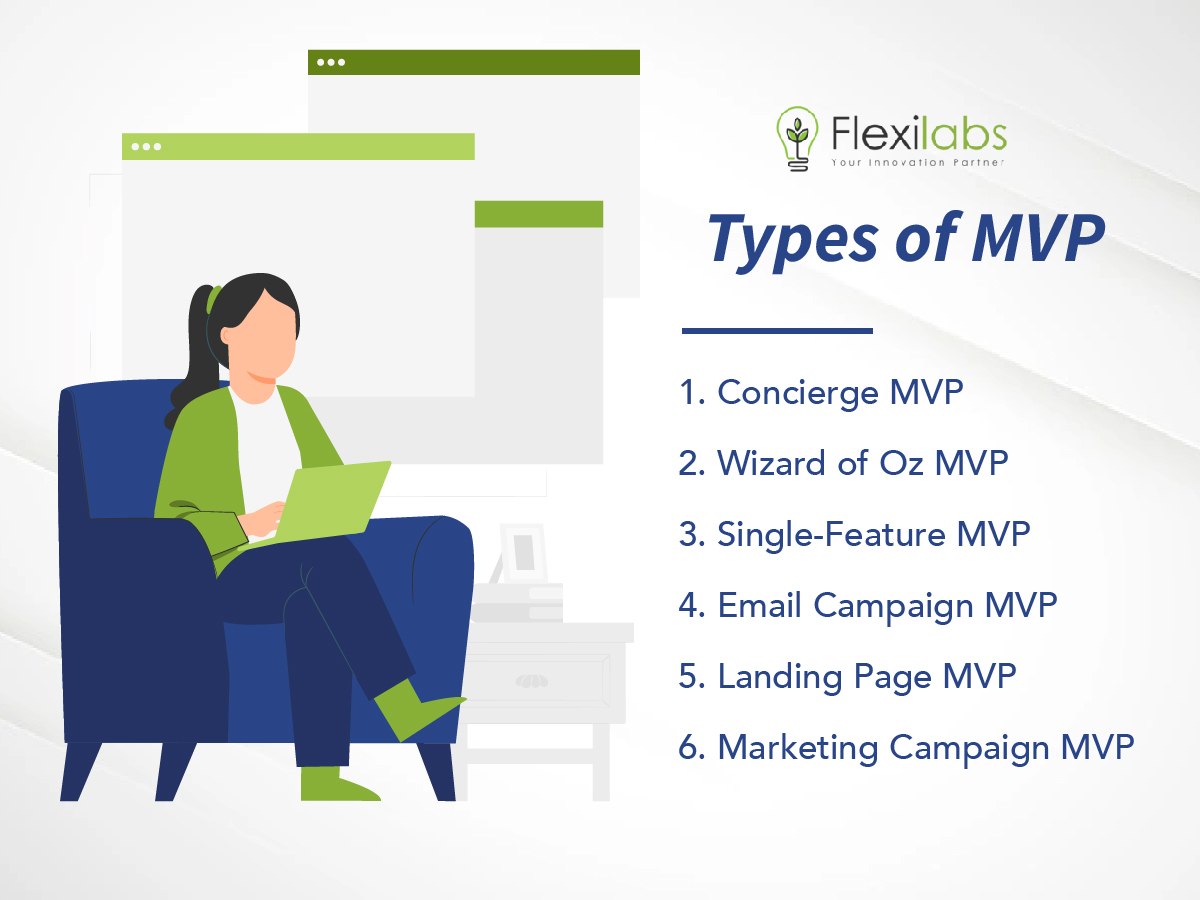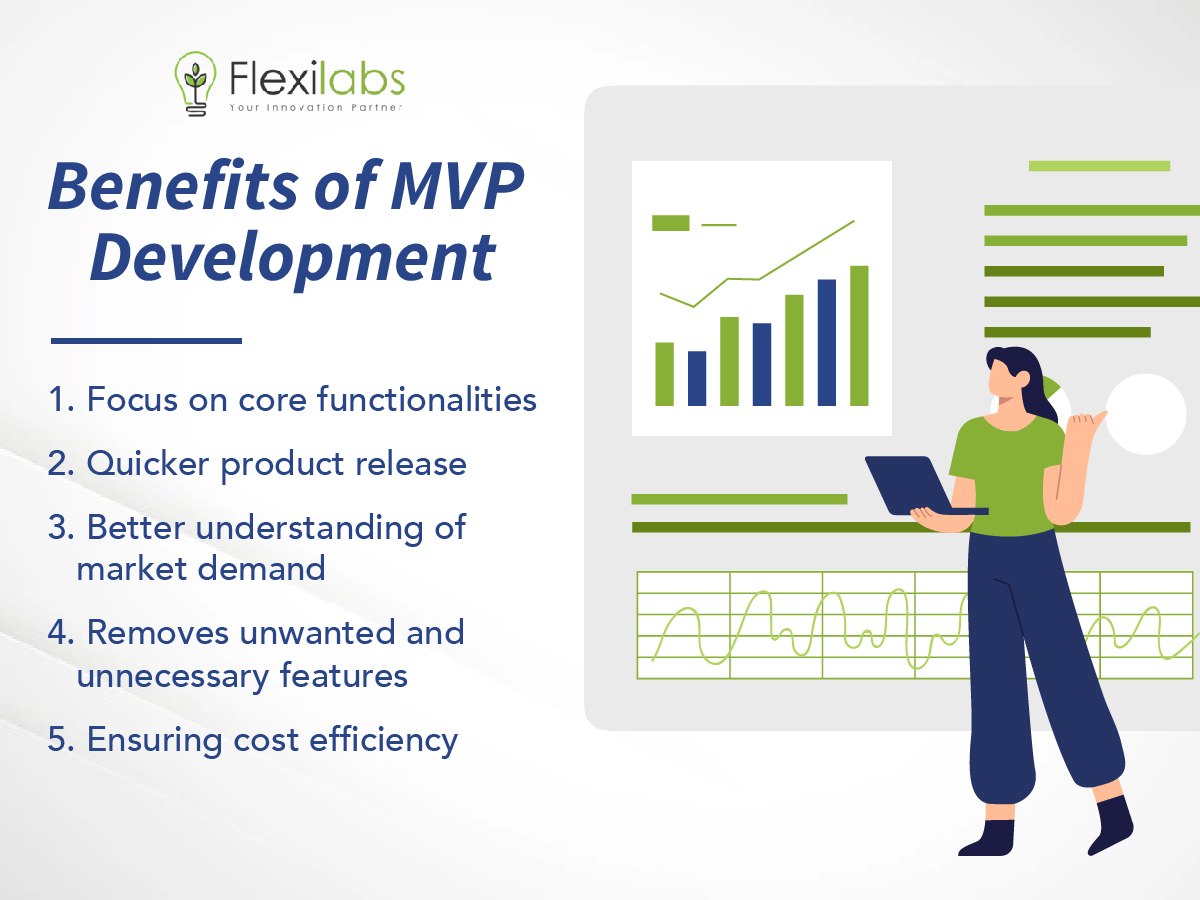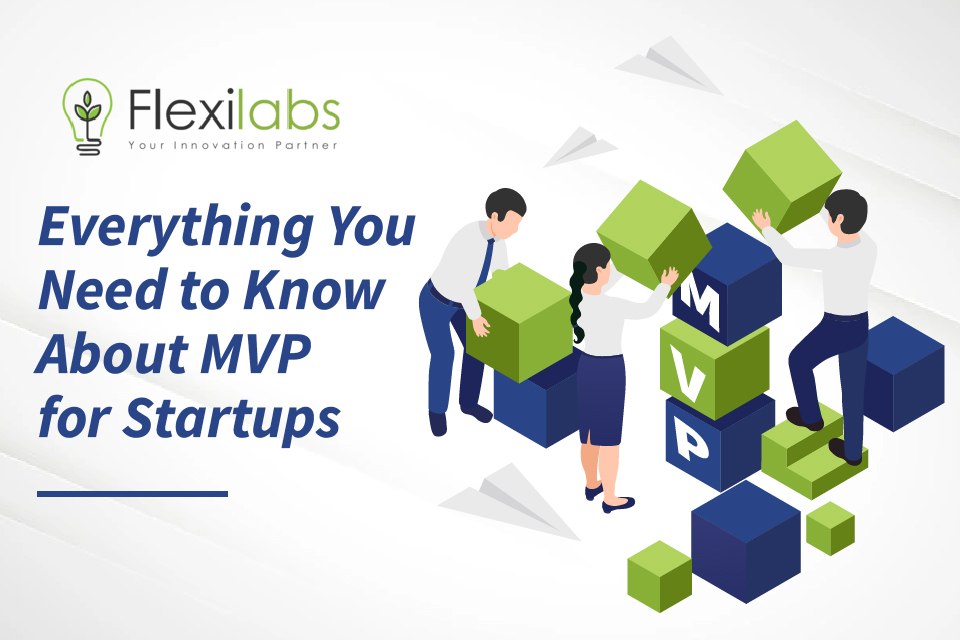Rome was not built in a day. Like any famous people or successful work, everything was made from hard work and persistence. It takes time to create a great piece, and it’s the same in every business. Even the most common app today started from an idea. It took multiple teams of experts for it to be what it is today.
But as a starting entrepreneur, you are probably scared of taking a risk to develop your idea due to the limited time and resources you have. So, to avoid any investment failures, you should try and validate your idea first. You must decide whether this concept is doable or not, how many potential customers you will have. And all of these lie in developing an MVP.
This article will help you understand the MVP, develop one, and why it is integral in every startup idea.
What is MVP?
A minimum viable product (MVP) is a Lean Startup model that emphasizes the possible results and impacts of developing new products. It is an avenue that allows the team to collect validated learnings about the product and customers with the least effort. In addition, it helps idea owners validate the product’s potential in the form of whether your customers will actually purchase your product or services.
A key difference of MVP from your usual business proposal is that it produces an actual product – whether a service, landing page, etc. that you can offer to customers and observe their actions and behavior towards the development. Keeping an eye on your customers will give you an idea if your product is effective and what you need to change for it.
What are the Main Types of MVP for Startups?

MVPs can be categorized into two types – low-fidelity and high-fidelity. The main difference is that low fidelity is easy to develop but only gives immediate results to help you understand your customers. On the other hand, high fidelity MVP provides a philosophical result yet can help get more customers for your idea. It collects feedback from real users that can point your startup in the right direction.
Likewise, to further help you understand, here are some MVP for startups examples:
Examples of High-fidelity MVPs
1. Wizard of Oz MVP
The Wizard of OZ is one of the minimum viable product examples that create a product that gives the impression that it is working and customers are experiencing the real thing. It requires all features to be included. However, most of these are processed and executed manually.
This type of MVP requires a lot of effort to build. You need to use manpower to replicate what your product intends to do when built. Still, it gives you an avenue to check if your product is desirable for customers before you actually make it, keeping the technical costs low.
Wizard of OZ is best used in sophisticated technology like machine learning, AI, etc.
2. Concierge MVP
A concierge MVP is like the Wizard of Oz MVP. It also uses manpower to replicate the technical functions of the product. However, unlike the wizard of oz, the MVP customers are fully aware that they are receiving a service from a human.
Like earlier, Concierge MVP is a great way to learn the solution’s effectiveness and potential before being fully developed. It can save time and resources before setting as they ensure that the end product will get enough interest from the market.
3. Single-Feature MVP
There are instances where testing a piece or single feature of a product is more effective before fully developing it. This MVP aims to test how users interact with a particular part and prevent them from getting distracted by other features in the product.
Single feature MVP allows you to gain a clearer understanding of a specific problem. It’s also cost-effective and less time-consuming than other MVP for startups.
Examples of Low-fidelity MVPs
1. Email Campaign MVP
An Email Campaign MVP is developed using email marketing tools or platforms like Mailchimp or SendInBlue. It’s a quick way to check if your new idea interests potential customers or not. To make one, simply compose a clear email text with a catchy subject and clear layout.
Using this MVP can help you get detailed analytic reports and statistics on how many recipients opened your email, read it, clicked links, or deleted it right away. It’s also a great way to validate your idea if you have an existing customer base and determine if a new feature for the product is warranted or not.
2. Landing Page MVP
When introducing a product, a landing page is the first thing clients visit to learn more about the product. Landing Page MVP is a terrific way to introduce your product concept and investigate user behavior by including potential options such as subscription choices, terms, pricing, etc.
You can include landing pages on your email, newsletter, or social media posts. It helps you get the needed audience that provides feedback at a relatively low expense.
3. Marketing Campaign MVP
There are tons of other marketing campaigns that you can use to investigate your target audiences. With the growth of digital marketing, you can use many free or paid promotional methods to test a product or service idea on a broad audience.
You can try using social media, google ads, and others and see if your idea interests customers who are willing to use it.
Steps in Developing Your MVP
Even when an MVP has limited features and is not complete, it can still cost and take time to develop. Likewise, planning and research are necessary when creating your MVP. There are tons of available minimum viable product template online. Still, this does not require telling you the vital process in developing an MVP for startups.
As such, here are the essential steps on how to build an MVP:
1. Conduct Market Research
Market research is a fundamental aspect of developing an MVP. You want to ensure that your idea will fulfill the target audience’s needs or be helpful for them. This part can be accomplished by conducting surveys online. The more information on your target market, the higher the chances of success. You can also try to monitor your competitor’s campaign and product and see how their product standouts.
2. Express Your Idea
To further understand how to build your MVP, you additionally need to analyze your product. Try using the following questions:
- What does your product have to offer?
- How can it help them? How is it useful in their life?
- Why should they buy your product?
These questions will help you express your idea better and can define explicit estimation about your products.
3. List the Project Features
The next step is to list all essential features of the product that you might want to incorporate before building the MVP. Next, categorize all elements based on their priority. When you have it all organized, you can define their scope for the product’s first version. Then, you can go ahead and develop a building process. Don’t forget to cross-check if all features are included in the process.
4. Build and launch your MVP
Once you list and categorize the main features, you can start building an MVP. You can even try to create an MVP’s prototype to see how the future product will look. Remember that it should be easy to use for customers.
After that, you can introduce the MVP using a launch strategy to get the most feedback.
Learn and analyze feedback
This last step is essential in every MVP. Once the MVP is launched, make sure to review everything thoroughly. Collect all customer’s reactions to the release and the product. This feedback can determine if the product is acceptable in the market or if it can compete with other markets.
Using it, you can draw your own conclusion on the features, any issues faced, or what needs to be improved. Test, learn and measure again and again until you complete it.
Benefits of MVP Development

The main goal of developing an MVP is to deliver the basic functionality of the product and see it is viable. It also helps you see if your product meets the essential needs of users. Likewise, here are some other benefits of MVP development:
- Ability to focus on core functionalities by removing all unnecessary features of the product
- Quicker product release since some of the features are already developed and just needs improvements as given by the feedback from the customers
- Gives a better understanding of market demand and discovers potential users need for the product
- Ensure cost efficiency due to the gradual development and release of the product from the MVP
- Removes unwanted features and fixes all bugs.
Conclusion
In summary, MVP development for startups is a must before entering the market can help you save time, money, and resources. It gives you the assurance that your idea will succeed.
If you need help in validating your idea and building your MVP for startups, Flexilabs can help you. We offer a free consultation with our specialists. Contact us now!

